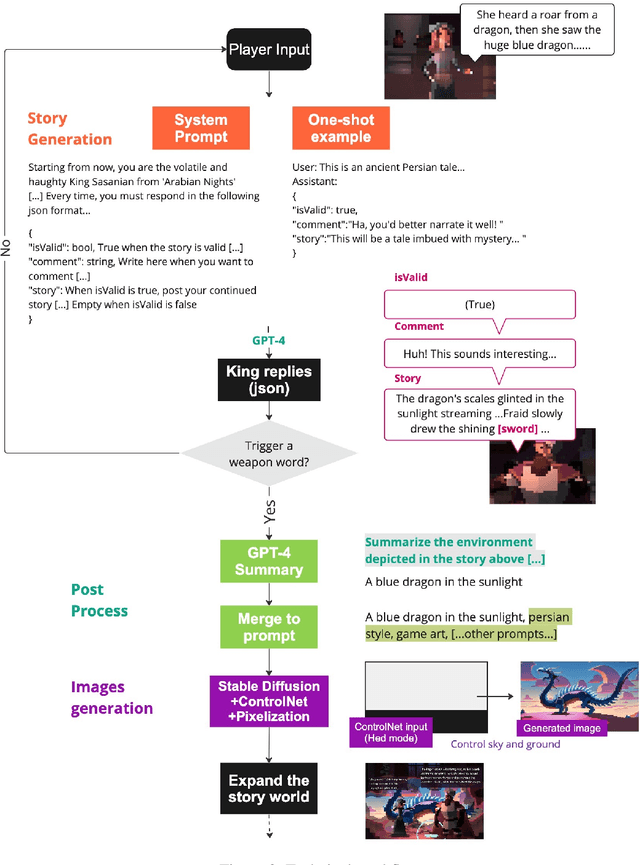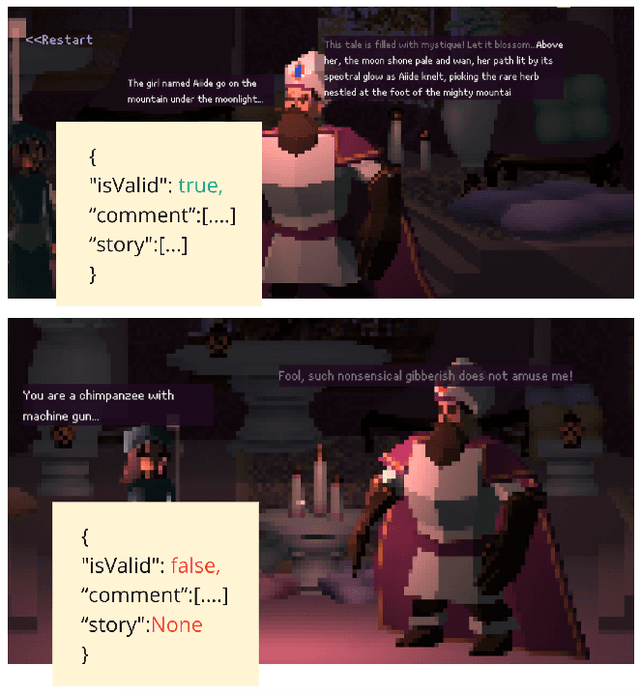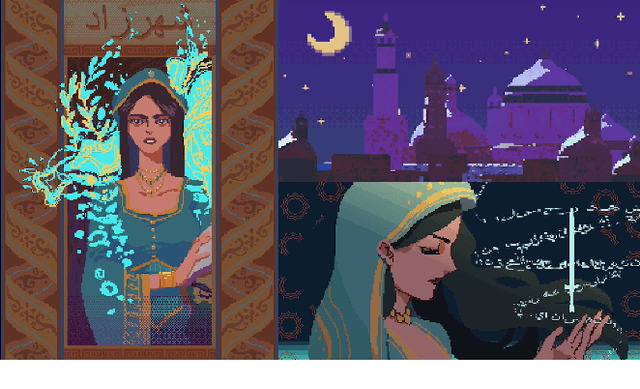Yuqian Sun
Modifying Large Language Model Post-Training for Diverse Creative Writing
Mar 21, 2025Abstract:As creative writing tasks do not have singular correct answers, large language models (LLMs) trained to perform these tasks should be able to generate diverse valid outputs. However, LLM post-training often focuses on improving generation quality but neglects to facilitate output diversity. Hence, in creative writing generation, we investigate post-training approaches to promote both output diversity and quality. Our core idea is to include deviation -- the degree of difference between a training sample and all other samples with the same prompt -- in the training objective to facilitate learning from rare high-quality instances. By adopting our approach to direct preference optimization (DPO) and odds ratio preference optimization (ORPO), we demonstrate that we can promote the output diversity of trained models while minimally decreasing quality. Our best model with 8B parameters could achieve on-par diversity as a human-created dataset while having output quality similar to the best instruction-tuned models we examined, GPT-4o and DeepSeek-R1. We further validate our approaches with a human evaluation, an ablation, and a comparison to an existing diversification approach, DivPO.
Phraselette: A Poet's Procedural Palette
Mar 08, 2025Abstract:According to the recently introduced theory of artistic support tools, creativity support tools exert normative influences over artistic production, instantiating a normative ground that shapes both the process and product of artistic expression. We argue that the normative ground of most existing automated writing tools is misaligned with writerly values and identify a potential alternative frame-material writing support-for experimental poetry tools that flexibly support the finding, processing, transforming, and shaping of text(s). Based on this frame, we introduce Phraselette, an artistic material writing support interface that helps experimental poets search for words and phrases. To provide material writing support, Phraselette is designed to counter the dominant mode of automated writing tools, while offering language model affordances in line with writerly values. We further report on an extended expert evaluation involving 10 published poets that indicates support for both our framing of material writing support and for Phraselette itself.
AI Nushu: An Exploration of Language Emergence in Sisterhood -Through the Lens of Computational Linguistics
Oct 18, 2023Abstract:This paper presents "AI Nushu," an emerging language system inspired by Nushu (women's scripts), the unique language created and used exclusively by ancient Chinese women who were thought to be illiterate under a patriarchal society. In this interactive installation, two artificial intelligence (AI) agents are trained in the Chinese dictionary and the Nushu corpus. By continually observing their environment and communicating, these agents collaborate towards creating a standard writing system to encode Chinese. It offers an artistic interpretation of the creation of a non-western script from a computational linguistics perspective, integrating AI technology with Chinese cultural heritage and a feminist viewpoint.
Fictional Worlds, Real Connections: Developing Community Storytelling Social Chatbots through LLMs
Sep 20, 2023Abstract:We address the integration of storytelling and Large Language Models (LLMs) to develop engaging and believable Social Chatbots (SCs) in community settings. Motivated by the potential of fictional characters to enhance social interactions, we introduce Storytelling Social Chatbots (SSCs) and the concept of story engineering to transform fictional game characters into "live" social entities within player communities. Our story engineering process includes three steps: (1) Character and story creation, defining the SC's personality and worldview, (2) Presenting Live Stories to the Community, allowing the SC to recount challenges and seek suggestions, and (3) Communication with community members, enabling interaction between the SC and users. We employed the LLM GPT-3 to drive our SSC prototypes, "David" and "Catherine," and evaluated their performance in an online gaming community, "DE (Alias)," on Discord. Our mixed-method analysis, based on questionnaires (N=15) and interviews (N=8) with community members, reveals that storytelling significantly enhances the engagement and believability of SCs in community settings.
Language as Reality: A Co-Creative Storytelling Game Experience in 1001 Nights using Generative AI
Aug 24, 2023



Abstract:In this paper, we present "1001 Nights", an AI-native game that allows players lead in-game reality through co-created storytelling with the character driven by large language model. The concept is inspired by Wittgenstein's idea of the limits of one's world being determined by the bounds of their language. Using advanced AI tools like GPT-4 and Stable Diffusion, the second iteration of the game enables the protagonist, Shahrzad, to realize words and stories in her world. The player can steer the conversation with the AI King towards specific keywords, which then become battle equipment in the game. This blend of interactive narrative and text-to-image transformation challenges the conventional border between the game world and reality through a dual perspective. We focus on Shahrzad, who seeks to alter her fate compared to the original folklore, and the player, who collaborates with AI to craft narratives and shape the game world. We explore the technical and design elements of implementing such a game with an objective to enhance the narrative game genre with AI-generated content and to delve into AI-native gameplay possibilities.
Inspire creativity with ORIBA: Transform Artists' Original Characters into Chatbots through Large Language Model
Jun 16, 2023
Abstract:This research delves into the intersection of illustration art and artificial intelligence (AI), focusing on how illustrators engage with AI agents that embody their original characters (OCs). We introduce 'ORIBA', a customizable AI chatbot that enables illustrators to converse with their OCs. This approach allows artists to not only receive responses from their OCs but also to observe their inner monologues and behavior. Despite the existing tension between artists and AI, our study explores innovative collaboration methods that are inspiring to illustrators. By examining the impact of AI on the creative process and the boundaries of authorship, we aim to enhance human-AI interactions in creative fields, with potential applications extending beyond illustration to interactive storytelling and more.
 Add to Chrome
Add to Chrome Add to Firefox
Add to Firefox Add to Edge
Add to Edge